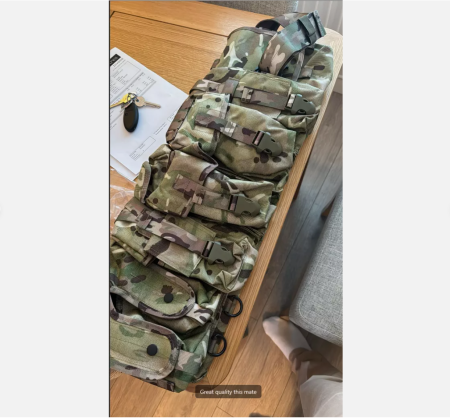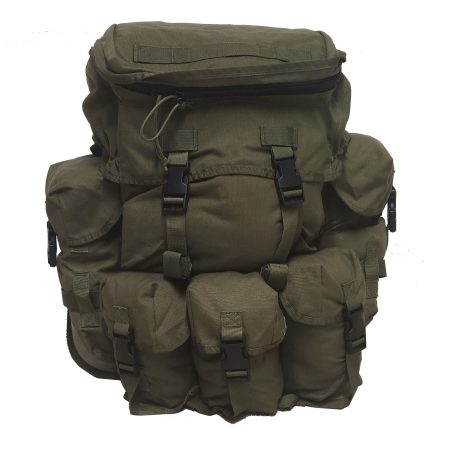The components of British Army Webbing: A closer look at the essentials, belt kit on its own has long had its own unique function, to keep everything you need to keep functioning on the battlefield for upto 12-24 hours, without anything else bar resupply, it’s important to highlight really only what you need to keep functioning is packed away in here and according to unit Standard Operating Procedures, and also to highlight anything you don’t need immediate to task goes in your patrol pack or Bergen, carrying stuff you don’t need generally is just dead weight and carrying less weight keeps you in more of a practical functioning capability.

British Army webbing, a vital part of a soldier’s equipment, is designed to provide functionality, comfort, and durability in the field. It consists of various components that enable soldiers to carry essential items and ammunition while maintaining mobility and readiness. In this article, we will explore the key components that make up the British Army webbing system.
It’s important to remember one key thing in the field, and that wherever you go, it goes, it’s as important as your weapon system and should be in arms reach at all times, along with your ballistic protection and helmet, whether your sleeping, boiling hot water or going to the toilet, if anything else should anything kick off it needs to be at the ready and really worn at all times, if your in training and don’t have it within reach (especially your weapon) than expect press ups and to be shouted at.
- Belt: At the core of the webbing system is the belt, which provides support and stability. The belt is adjustable and designed to fit securely around the waist, ensuring that the webbing remains in place during rigorous activities. It serves as the foundation for attaching other components.
- Yoke: The yoke is a harness-like structure that connects to the belt and distributes the weight of the equipment across the shoulders. It helps to alleviate strain and discomfort, allowing soldiers to carry their gear for extended periods. The yoke also provides attachment points for additional pouches and accessories.
- Ammunition pouches: The webbing includes ammunition pouches that are specifically designed to hold magazines for the soldier’s primary weapon, such as the SA80 rifle or other 5.56mm STANAG magazines. These pouches are strategically positioned for quick and easy access to ammunition during combat situations.
- Water Bottle pouch: Hydration is crucial for soldiers operating in the field, and the webbing system incorporates a water bottle pouch. This pouch securely holds a water bottle, ensuring that soldiers have access to a vital source of hydration during missions.
- Additional pouches: In certain configurations, the webbing system may include rear pouches. These pouches offer additional storage space for equipment, supplies, or personal items. They can be used to carry items such as rations, medical kits, or communication devices, depending on the specific needs of the mission.
British Army webbing is a carefully designed ensemble of components that enable soldiers to carry essential equipment and ammunition while maintaining mobility and readiness. From the belt and yoke to the ammunition pouches and water bottle pouch, each component serves a specific purpose in supporting the soldier’s operational needs. By providing comfort, functionality, and durability, the webbing system plays a crucial role in enhancing the effectiveness and efficiency of British Army personnel in the field.





